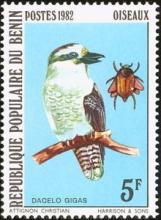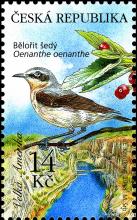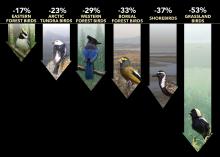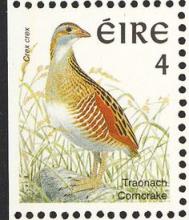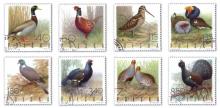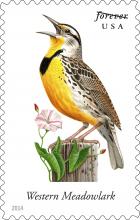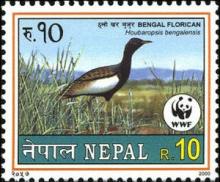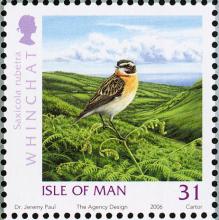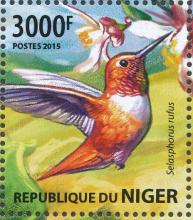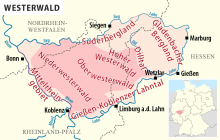Decline in magpies and kookaburras rings alarm bells in Australia
BirdLife Australia data shows that Australian magpies declined by 31 per cent in the East Coast region — including Sydney and Brisbane — between 1998 and 2013. "They declined by roughly 20 per cent in the South East Mainland Region, which includes Melbourne, Canberra and Adelaide [for the same period]," Sean Dooley, BirdLife Australia's national public affairs manager, said. The data also reflected a dramatic decline in kookaburras (Dacelo novaeguineae) and birds of prey, suggesting carnivores were potentially more vulnerable to these unknown environmental changes.

